At what distance do artificial lights prove ineffective?
meyermike_1micha
14 years ago
Related Stories
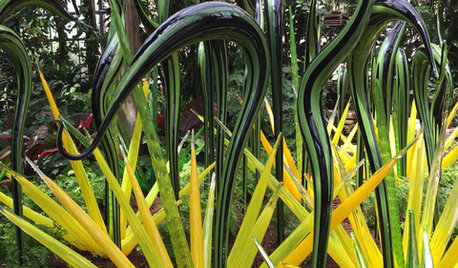
EVENTSSee ‘Chihuly in the Garden’ at the Atlanta Botanical Garden
The glass artist’s work is well-sited to complement and contrast with beautiful plantings. His new installation opens Saturday
Full Story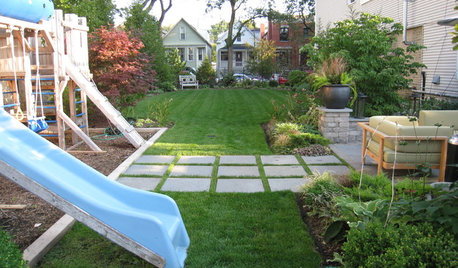
LIFE6 Tips for Teaching Your Kids to Be Good Neighbors
Everyone wins when your children learn to respect boundaries, get help when they need it and show others they care
Full Story
EXTERIORSWhere Front Yards Collide: Property Lines in Pictures
Some could be twins; others channel the Odd Couple. You may never look at property boundaries the same way again
Full Story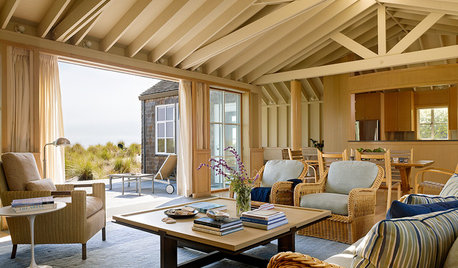
HEALTHY HOME16 Ideas for a Healthy, Feel-Good Home
Making these small tweaks and bigger shifts at home can help you thrive everywhere you go
Full Story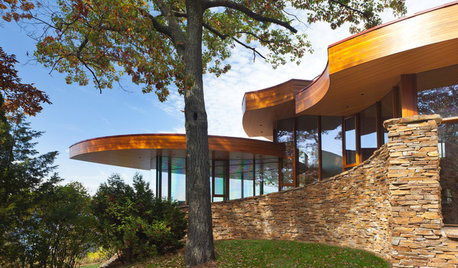
CONTEMPORARY HOMESHouzz Tour: Stunning Curved Architecture Rises Among the Trees
You can see the love of nature and organic shapes at first glance. Look more closely at this Wisconsin home and you’ll also see amazing flow
Full Story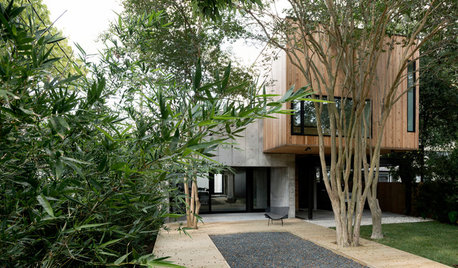
MODERN ARCHITECTUREHouzz Tour: A Concrete Box Home With Japanese Style
A love of Japan’s minimalistic style and the use of concrete make for a mystical experience in this Houston home
Full Story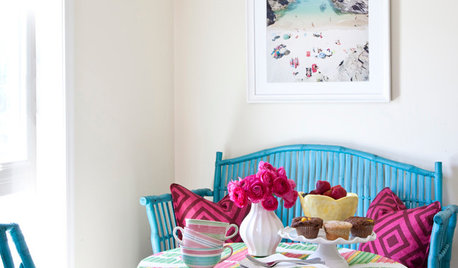
COLORSteep Your Rental in Color — Without Painting the Walls
Let your favorite hues loose without skirting your lease, with these room-by-room ideas for apartments and other rented homes
Full StorySponsored
More Discussions






penfold2
nygardener
Related Professionals
Manhattan Beach Landscape Architects & Landscape Designers · Allentown Landscape Contractors · Fort Wayne Landscape Contractors · McLean Landscape Contractors · Peoria Fence Contractors · Bixby Fence Contractors · Chaska Fence Contractors · Maryland City Fence Contractors · Natick Fence Contractors · Sandy Springs Fence Contractors · Tacoma Fence Contractors · Kingsburg Fence Contractors · Fort Myers Roofing & Gutters · Lexington Roofing & Gutters · Wood Dale Roofing & Guttersmeyermike_1michaOriginal Author
brancato
meyermike_1michaOriginal Author
meyermike_1michaOriginal Author
wordwiz
brancato